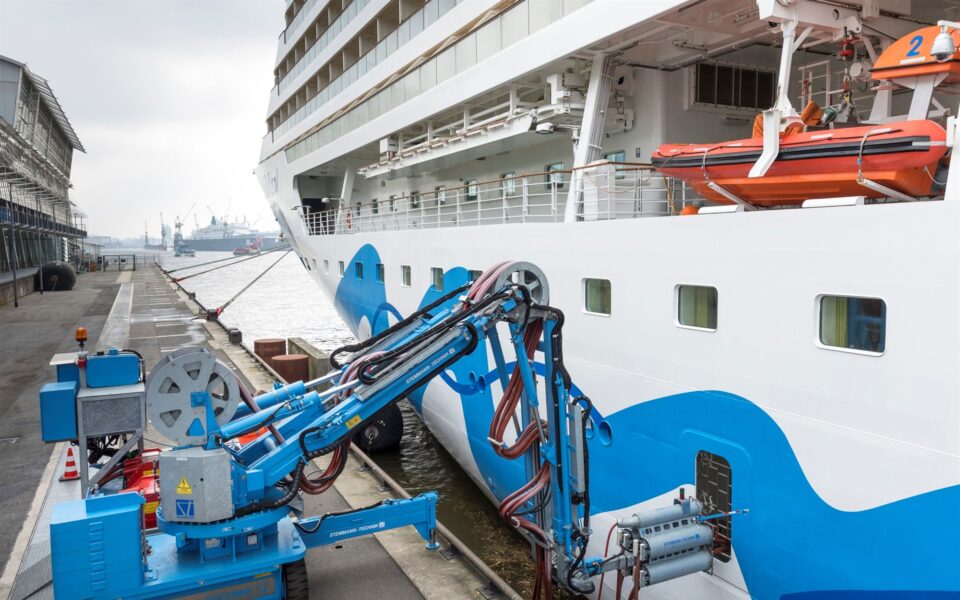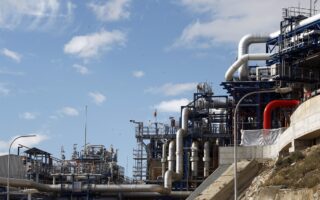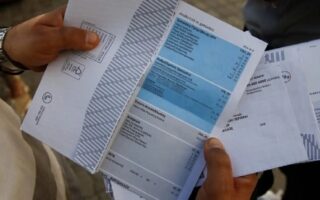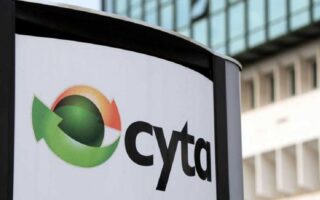Supplying vessels with power

Greece’s major port authorities are steaming through the installation of power supply systems for the ships docked there.
The mandatory implementation of the “Fit for 55” package of EU measures makes it practically and formally mandatory for at least 90% of ships to be electrically interconnected with such ground power systems. This is necessary to stop emitting pollutants, including carbon dioxide, which are initially sought to be halved and eventually brought down to zero.
Both the Piraeus Port Authority and the Thessaloniki Port Authority, as well as other ports, such as those of Igoumenitsa and Iraklio, have set specific goals and are progressing – each at their own pace and plan – with the implementation of the relevant investments. At the same time, the coastal shipping companies are also preparing, so that it is possible to connect their ferries in a uniform way for all ports and ships.
Piraeus Port Authority has already announced the completion of the CIPORT (Cold Ironing in the Port of Piraeus), taking the final step financed with European funds.
The project, which is a comprehensive study for the implementation of the electrical interconnection of docked ships, also involves Hellenic Electricity Distribution Network Operator (DEDDIE), the National Technical University of Athens, Protasis Engineering, Hydrus Engineering and Gate Systems.
As part of CIPORT, feed studies are being prepared for the port of Piraeus for four berths on Akti Themistokleous, where cruise ships are exclusively served. Two berths will be designed with two power supply points at the Themistoklis terminal and two at Alkimos.
The Thessaloniki Port Authority has also included in its investment plan the development of such infrastructure, while Italian group Grimaldi, which has already acquired control of the port of Igoumenitsa and will soon take over the port of Iraklio, will attempt to implement an even more ambitious program. That is, not only the development of infrastructure for the electrical interconnection of ships, but also their supply with electricity produced 100% from renewable sources. For this purpose, those two port authorities are expected to develop in the zones they control both photovoltaic and other similar energy production systems.





